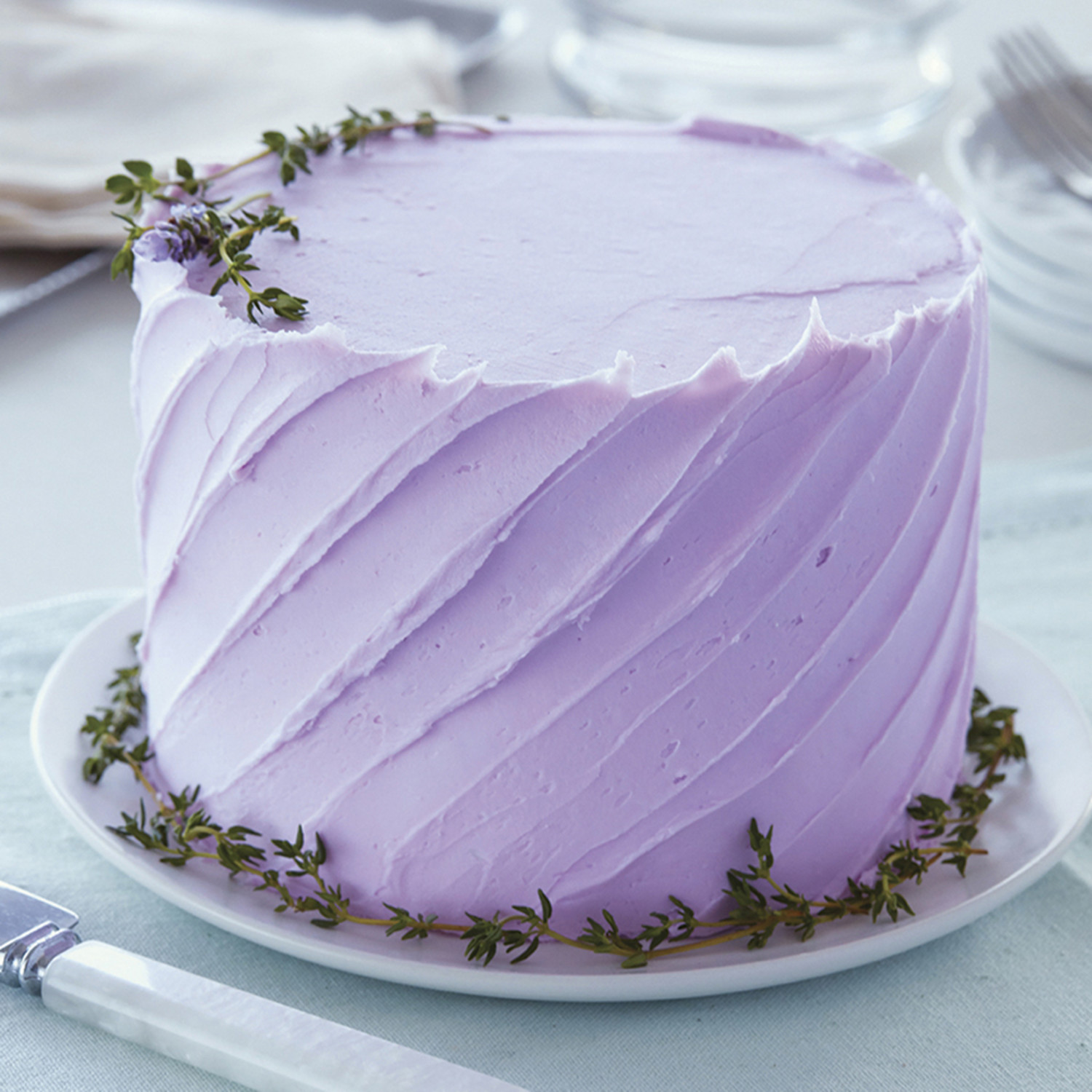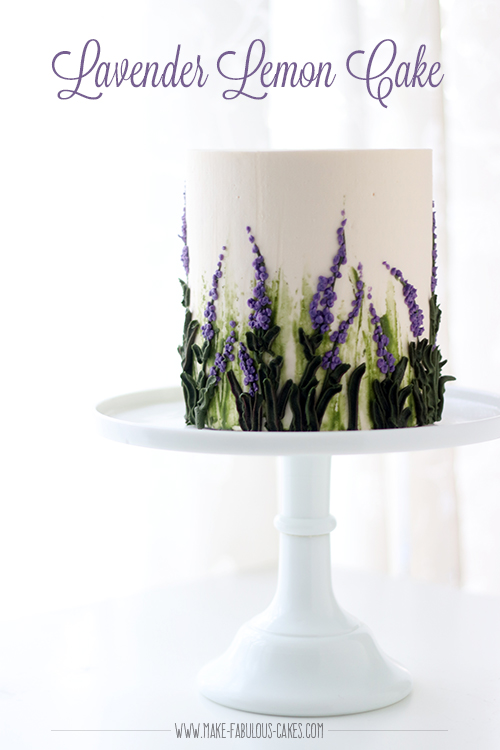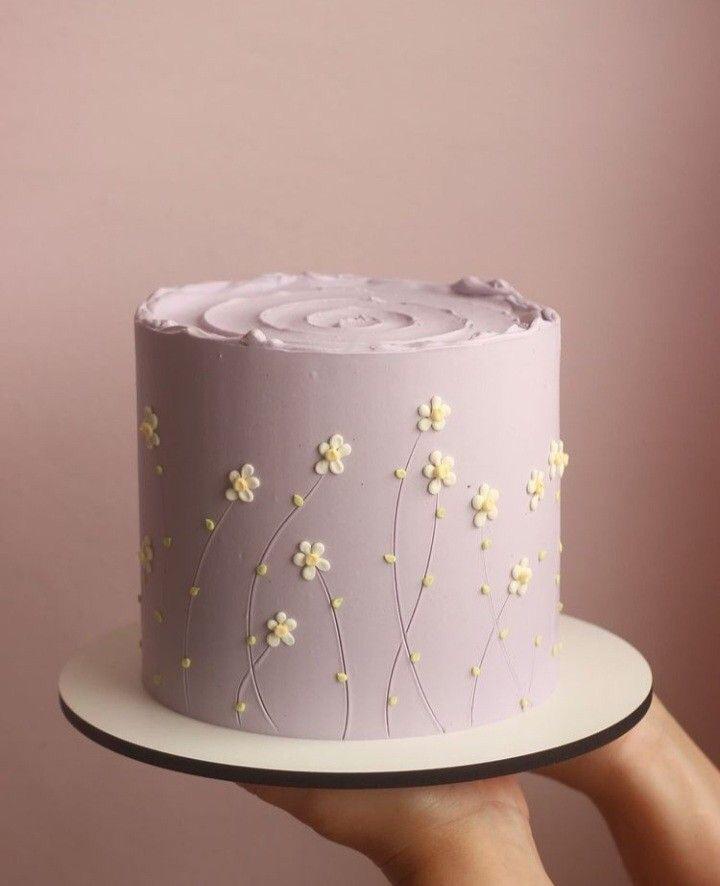When you think of cake decorations, vibrant colors and rich flavors often come to mind. But there’s a delicate beauty that lavender brings, transforming any cake into a gourmet masterpiece. As an avid baker, I’ve spent countless hours experimenting with lavender in my cakes, and I can confidently say it adds not just flavor but an aesthetic charm that’s hard to replicate. Join me as we delve deep into the art of lavender cake decorations, exploring everything from tips to personal experiences that will inspire you for your next baking adventure.
What Makes Lavender a Perfect Choice for Cake Decorations?
Lavender is more than just a pretty flower; it offers a unique flavor profile that pairs well with various cakes. Here are some reasons why lavender is a popular choice:
- Floral Flavor: Lavender imparts a subtle, sweet, floral flavor that can elevate basic vanilla or lemon cakes.
- Visual Appeal: Its stunning purple hues add a touch of elegance to any cake, making it perfect for weddings and special occasions.
- Health Benefits: Lavender is known for its calming properties, making it a delightful addition to any dessert.
Types of Lavender for Baking
Not all lavenders are suitable for culinary uses. Here are the types you should consider:
1. English Lavender (Lavandula angustifolia)
This variety has the sweetest and most delicate flavor, making it the most popular choice for culinary purposes.
2. French Lavender (Lavandula dentata)
While it’s often used in sachets and oils, French lavender can be used sparingly in baking, though it is slightly more pungent.
3. Spanish Lavender (Lavandula stoechas)
Less commonly used in baking, this variety has a strong flavor and is often better suited for ornamental purposes.

How to Use Lavender in Cake Decorations
Using lavender in your cake decorations can be as simple or as intricate as you’d like. Here’s a breakdown of techniques I often use:
Making Lavender Simple Syrup
A lavender simple syrup serves as a fantastic glaze or frosting. Here’s how to make it:
- 1 cup water
- 1 cup sugar
- 2 tablespoons culinary lavender flowers
Combine ingredients in a saucepan, bring to a simmer until sugar dissolves, then strain out the lavender. This syrup can be brushed onto cakes or drizzled over slices.

Lavender Infused Buttercream
Infuse your buttercream with lavender by steeping dried lavender flowers in warm milk or cream before adding it to your butter and sugar. The result is a beautifully flavored frosting that pairs wonderfully with vanilla or lemon cakes.
Garnishing with Lavender
Fresh lavender sprigs make for stunning garnishes.
- Use whole sprigs for a dramatic effect.
- Chop dried lavender and sprinkle it over frosted cakes for added texture and flavor.

Lavender Cake Decoration Ideas
Let’s get creative! Here are some enchanting decoration ideas that highlight lavender beautifully:
1. Lavender and Lemon Cake
Combine the refreshing taste of lemon with lavender-infused buttercream. Decorate with candied lemon slices and lavender sprigs for a beautiful finished product.

2. Lavender Chocolate Cake
The rich, deep flavor of chocolate contrasts perfectly with the lightness of lavender. Use lavender cream to fill and frost the cake.
3. Lavender Naked Cake
A naked cake with layers of lavender-infused sponge and buttercream beautifully showcases the cake itself. Decorate with fresh lavender and seasonal berries for a touch of color.

Comparing Lavender Cake Decoration Options
| Decoration Type | Flavor Profile | Visual Appeal | Ease of Use |
|---|---|---|---|
| Simple Syrup | Sweet Floral | Sheen & Glossy | Easy |
| Buttercream Frosting | Rich & Buttery | Soft & Creamy | Moderate |
| Fresh Sprigs | Pungent Floral | Elegant & Natural | Very Easy |
Pros and Cons of Using Lavender in Cake Decorations
Pros
- Unique flavor that enhances many cake recipes.
- Visually appealing addition that elevates presentation.
- Versatile in both sweet and savory dishes.

Cons
- Some people may find the flavor too strong.
- Quality matters; always choose culinary-grade lavender.
- Requires proper preparation to avoid bitterness.
Lavender Cake Decorating Techniques
Here are some techniques I have mastered over the years:

Piping Lavender Designs
Using lavender buttercream, you can easily pipe flowers or decorative details onto your cake. A star tip creates beautiful floral designs that mirror the shape of the lavender flower.
Creating Edible Lavender Decorations
Making edible lavender decorations such as candied lavender flowers or lavender-flavored chocolate shards can add a gourmet touch to your cakes.
Frequently Asked Questions (FAQs)
Can I use any lavender for baking?
No, only culinary-grade lavender should be used in baking. Common varieties include English and culinary lavender.
How can I store lavender for baking?
Store dried lavender in an airtight container in a cool, dark place. It can last up to a year if stored properly.
What cake flavors pair well with lavender?
Lavender pairs wonderfully with flavors like lemon, chocolate, vanilla, and almond.
Is lavender safe to eat?
Yes, culinary lavender is safe to eat but always ensure it’s grown without pesticides and is labeled culinary-grade.
Conclusion: Bring the Essence of Lavender to Your Kitchen
Incorporating lavender into your cake decorations not only adds flavor but also elevates the visual appeal of your baked goods. With the right techniques and creativity, you can curate exquisite cakes that leave a lasting impression on your guests. So, dust off your mixing bowls and embrace the enchanting world of lavender cake decorations. Happy baking!